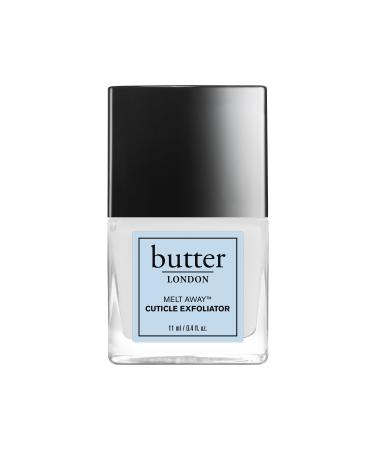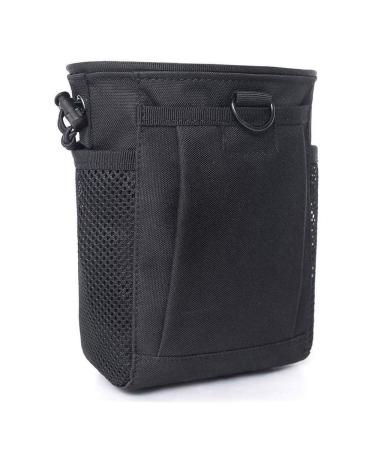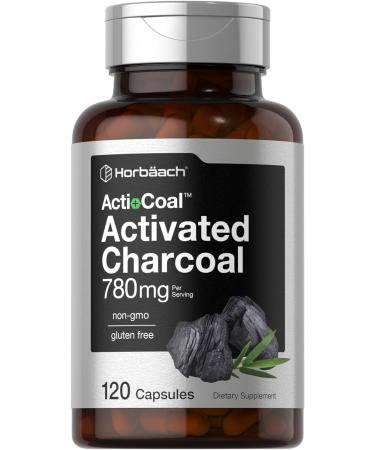What is Chaste Tree?
It is a shrubby plant known as the "women's plant" in phytotherapy. It grows along streams and rivers where water is plentiful. It has pink and purple flowers. The tree, from whose branches baskets are woven, is also a favorite of beekeepers. Chaste tree, which remains in bloom throughout the summer, is an important nectar source for bees during dry and flowerless summers. Although it is known as chaste tree, it is not an herb, but a shrubby, tree-like plant.
Reaching 1-3 meters in height, chaste tree is a Mediterranean species. It is a member of the Verbenaceae family.
The first medical record of chaste tree appears in the texts of Hippocrates in the 4th century BC.
Active Ingredients:Contains agnoside, agnuside, aucubin, caprinacid, chrysosplenol, diene, dihydroxy, diacetoxy, essential oil derivatives (essential oils), hydroxycampferol, hydroxylabda, methoxyflavone, palomitinacid, palomittoleinacid, rotundifuran, stearinacid, as well as bitter substances, tetramethylether, vitexilactone, vitamins, and minerals.
Latin Name Origin: Vitex agnus castus, the word vitex, is derived from the Latin word "vieo," meaning to weave or tie, and refers to the weaving of baskets from its branches. The word Agnus comes from the Ancient Greek ?µ ? (amnós) meaning Lamb, and Castus in Latin means clean and pure. In ancient Greek religious ceremonies, the use of chaste tree crowns in the hair of virgins may have been a sign of sanctification.
English Name Origin:Chaste Tree means tree of honor. Because it had a sexually aphrodisiac effect on men, unlike women, it was used by medieval European monks to protect their chastity, and the name chaste tree derives from this use. Its other name in English, "monk's pepper," also means "monk's pepper."
Origin of the Turkish Name:It was defined as "ayid" in the LEHCE-I OSMANÂNÎ dictionary, published in two volumes by Ahmed Vefik Pasha in 1876. However, no information regarding the origin of the word has been found. It is also known as Besparmak Herb due to the shape of its leaves.
What is Tincture?
It is the common name given to preparations that dissolve the active ingredients of the plant by steeping it in MEDICAL ETHYL ALCOHOL for several weeks (maceration method) and transforming it into a form that the body can absorb.
The active ingredient you'll get from herbal tea (if brewed correctly) is 30-35 .
The active ingredient you'll get from distilled water is 45-50 .
The active ingredient you'll get from glycerate (dissolved with glycerin) is 50-60 .
The active ingredient you'll get from Vinegar Tincture (if made with vinegar, which contains 18 acetic acid [common vinegars are around 4-5 acetic acid]) is 50-60 .
The active ingredient you'll get from tincture dissolved in alcohol is 90-95 .
After extracting (dissolving) the active ingredients from the plant, alcohol acts as a preservative, providing long shelf life.
It is the most commonly used form in complementary medicine practices that use plants in treatment, such as homeopathy, phytotherapy, and Bach flower therapy.
The written history of tinctures dates back to the Canon of Medicine (al-qanun fi't tib), which is considered the foundational text of Islamic medical knowledge and was compiled by Ibn Sina in 1025 after years of compilation.
Those dissolved in medicinal ethyl alcohol are called TINCTURE
Those dissolved in vinegar are called VINEGAR TINCTURE
Those dissolved in glycerin are called GLYCERATE.
Note: Glycerates do not contain as strong an active ingredient as tinctures, but they do contain a higher active ingredient than tea or hydrolate forms.
How to use Chaste Tree Tincture?
Ayaya Chaste Tree Tincture, morning, noon, and evening on an empty stomach.
Use continuously for 3 months, including your menstrual period.
The dosage is determined by your weight.
For example: When calculating for a 60 kg woman, divide the weight by three.
60 3 20
Drink 20 drops in the morning, noon, and evening, for a total of 60 drops per day.
The plant's concentration of active ingredients gives the tincture a sharp flavor. It can be consumed by adding it to water or fruit juice.
For those avoiding alcohol, children, or those undergoing alcohol abuse treatment, the tincture can also be used by adding drops to boiling water, waiting for 10 minutes, and evaporating most of the alcohol.
20 drops of tincture equals 1 mL. For a 3-month treatment for someone weighing 60 kg, 5 50 ml bottles are used.
Storage Conditions, Legal and Important Warnings
- Drug interactions and other interactions of the plant: It interacts with dopamine agonists (such as bromocriptine, levodopa), dopamine receptor antagonists (such as haloperidol, metoclopramide), antipsychotic drugs, oral contraceptives, estrogenic drugs, and other hormone preparations.
- It should not be used with birth control pills, hormone supplements, or hormone regulators.
- .
- People with a history of pituitary disease should consult a physician before use.
– Not suitable for use by children and adolescents who have not yet menstruated.
– Keep at room temperature or in a cool, dry place, protected from sunlight, tightly closed, and out of reach of children.
– Do not exceed the recommended daily portion.
– Food supplements cannot replace a normal diet.
– They are not medicines, should not be considered medicines, and should not be used to prevent or treat diseases.
– In accordance with the relevant regulations, herbal supplements are not promoted by stating the name of the relevant ailment and their benefits. Our products are herbal supplements and support products.
– Consult your doctor during pregnancy and breastfeeding, or in case of illness or medication use.
– Do not use if you have a known allergy to any of its ingredients.
– Avoid eye contact.
Ayaya Herbal is a founding member of the S.S. Seferihisar Women's Initiative Production and Business Cooperative.
Republic of Turkey Ministry of Agriculture and Forestry Business Registration Number TR-35-K-073667
Production is carried out in accordance with the codex determined by the Ministry.
Ayaya Herbal products are produced and packaged in accordance with hygiene regulations.













